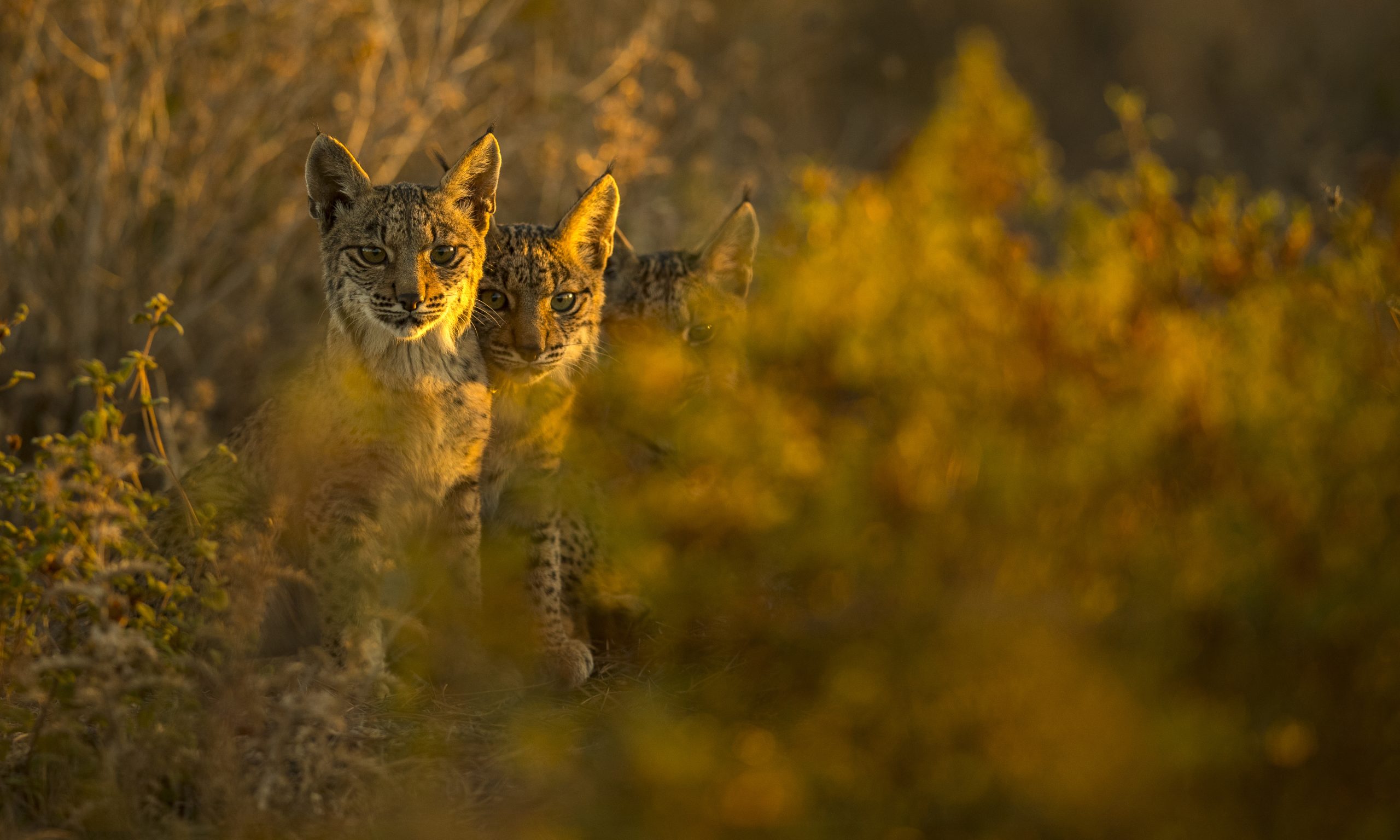
The planet is facing what conservationists have labelled the ‘sixth great extinction of life on Earth’, but now an international team of researchers have pinpointed the exact locations we need to save to avert the crisis.
Working to conserve just 1.22 per cent of the Earth’s land mass could save the bulk of rare and threatened species, according to the conservationists.
The researchers mapped out the Earth’s land mass using biodiversity data to find areas currently unprotected by conservation efforts that are home to large numbers of rare and threatened species.
READ MORE: Julian Assange freed after agreeing to plead guilty in deal with US
They identified a total of 16,825 sites that conservation efforts should be focused on.
“Most species on Earth are rare, meaning that species either have very narrow ranges or they occur at very low densities or both,” said the study’s lead author Dr Eric Dinerstein.
“And rarity is very concentrated. In our study, zooming in on this rarity, we found that we need only about 1.2 per cent of the Earth’s surface to head off the sixth great extinction of life on Earth.”
More efforts to protect Earth’s wildernesses are already being made, with an addition 1.2 million square kilometres of land coming under protection since 2018.
However, the study headed by not-for-profit Resolve found that only 0.11 million square kilometres of this land was home to range-limited and threatened species.
READ MORE: Greg Lynn found guilty of one camper murder
Two million vertebrates, insects and plants are at risk of extinction, according to United Nations estimates.
That equates to one in four of Earth’s animals and plants at risk of being wiped out – overwhelmingly due to human impacts including deforestation, climate change and human development encroaching on natural habitats.
But if all 16,825 sites – totalling around 164 million hectares – were adequately protected, most predicted extinctions could be prevented.
Just protecting the sites located in the Tropics could stave off most predicted extinctions.
“These sites are home to over 4,700 threatened species in some of the world’s most biodiverse yet threatened ecosystems,” said Andy Lee of Resolve, a coauthor.
READ MORE: Astronauts stuck in space after capsule malfunction
“These include not only mammals and birds that rely on large intact habitats – like the tamaraw in the Philippines and the Celebes crested macaque in Sulawesi Indonesia – but also range-restricted amphibians and rare plant species.”
Just three countries – the Philippines, Brazil and Indonesia – are home to 8590 sites in need of protection, amounting to more than half of the world total.
Australia ranked in 15th place with 137 key conservation sites, amounting to 35,705 square kilometres of land focused on the Eastern Australian temperate forests stretching from the NSW South Coast up to southern Queensland.
However, while the conservationists say protecting these locations is “affordable and doable”, it comes with a hefty price tag.
They calculated that protecting just the sites located in the Tropics would cost roughly $34 billion per year over the next five years.
“This represents less than 0.2 per cent of the United States’ GDP, less than 9 per cent of the annual subsidies benefiting the global fossil fuel industry, and a fraction of the revenue generated from the mining and agroforestry industries each year,” said Lee.
Effects to protect biodiversity can also help stave off the damaging effects of climate change, as the Earth’s forest cover acts as a carbon sink.
The researchers’ findings were published today in Frontiers in Science.
links to content on ABC
9News





